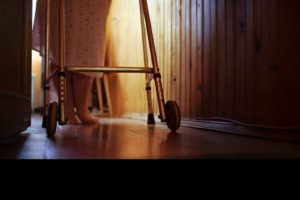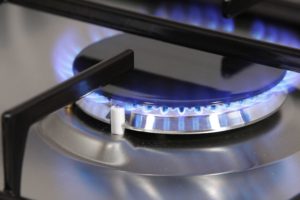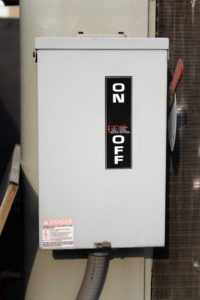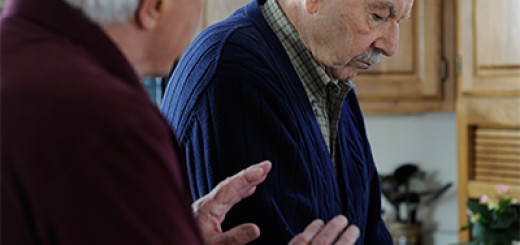Home Safety and Alzheimer’s
 People with Alzheimer’s and other dementias can live in their homes as long as safety measures are in place. As Alzheimer’s progresses, a person’s abilities change. But with some creativity and problem solving, you can adapt the home environment to support these changes.
People with Alzheimer’s and other dementias can live in their homes as long as safety measures are in place. As Alzheimer’s progresses, a person’s abilities change. But with some creativity and problem solving, you can adapt the home environment to support these changes.
How dementia affects safety
Alzheimer’s disease causes a number of changes in the brain and body that may affect safety. Depending on the stage of the disease, these can include:
Judgment: forgetting how to use household appliances; failing to throw away old food
Sense of time and place: getting lost on one’s own street; being unable to recognize or find familiar areas in the home
Behavior: becoming easily confused, suspicious or fearful; letting strangers into the house
Physical ability: having trouble with balance; depending upon a walker or wheelchair to get around
Senses: experiencing changes in vision, hearing, sensitivity to temperatures or depth perception
Home safety tips
- Assess your home.

Look at your home through the eyes of a person with dementia. What objects could injure the person? Identify possible areas of danger. Is it easy to get outside or to other dangerous areas like the kitchen, garage or basement? Use our home safety checklist. - Lock or disguise hazardous areas.
Cover doors and locks with a painted mural or cloth. Use “Dutch” (half) doors, swinging doors or folding doors to hide entrances to the kitchen, stairwell, workroom and storage areas. - Be prepared for emergencies.
Keep a list of emergency phone numbers and addresses for local police and fire departments, hospitals and poison control helplines. - Make sure safety devices are in working order.

Have working fire extinguishers, smoke detectors and carbon monoxide detectors. - Install locks out of sight.
Place deadbolts either high or low on exterior doors to make it difficult for the person to wander out of the house. Keep an extra set of keys hidden near the door for easy access. Remove locks in bathrooms or bedrooms so the person cannot get locked inside. - Keep walkways well-lit.
Add extra lights to entries, doorways, stairways, areas between rooms, and bathrooms. Use night lights in hallways, bedrooms and bathrooms to prevent accidents and reduce disorientation. - Remove and disable guns or other weapons.
The presence of a weapon in the home of a person with dementia may lead to unexpected danger. Dementia can cause a person to mistakenly believe that a familiar caregiver is an intruder. - Place medications in a locked drawer or cabinet.
To help ensure that medications are taken safely, use a pill box organizer or keep a daily list and check off each medication as it is taken. - Remove tripping hazards.
Keep floors and other surfaces clutter-free. Remove objects such as magazine racks, coffee tables and floor lamps. - Watch the temperature of water and food.
It may be difficult for the person with dementia to tell the difference between hot and cold. Set water heater temperature at 120 degrees or less to prevent scalding. - Support the person’s needs.
Try not to create a home that feels too restrictive. The home should encourage independence and social interaction. Clear areas for activities.
Helpful information related to this post:


















How do you get your spouse to realize she needs help??